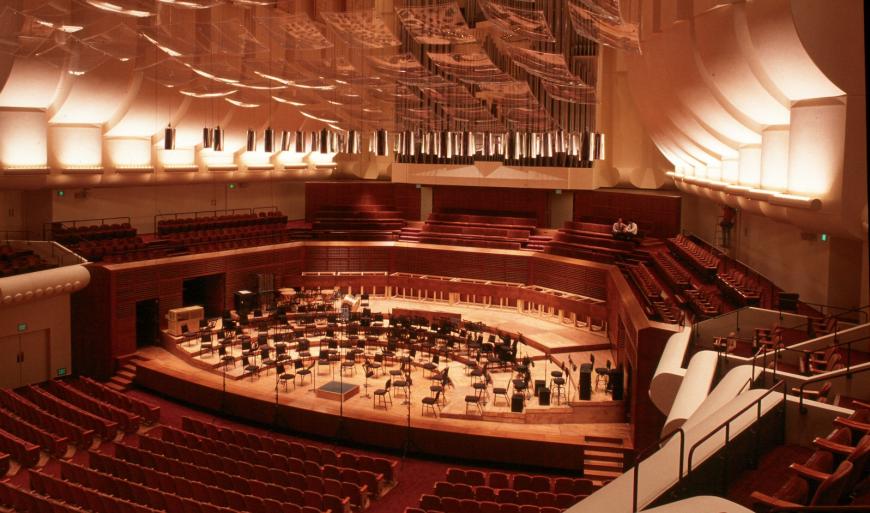
In an unusual move, San Francisco Symphony management yesterday distributed a press release about its case in the ongoing contract talks with the Musicians Union Local 6, American Federation of Musicians.
This is unusual because such negotiations are always conducted at close quarters, reaching the press and public only when there is a settlement or when talks stall and there is a possibility of strike or lockout. Neither outcome is likely soon, although the musicians’ contract expired almost three months ago and negotiations began in September.
Even during these negotiations, the SF Symphony is planning to announce soon the programming for next season.
The SFS administration describes its latest proposal as a “three-year contract that keeps the San Francisco Symphony among the top three highest-compensated orchestras in the United States. Members of the orchestra are currently compensated at a minimum salary that is already higher than those in Boston and New York — other cities with a very high cost of living.”
Minimum salary is the base compensation, which is then increased according to position, funding, seniority, and other considerations. Top orchestra salaries for concertmaster (not part of collective bargaining, of course) can go above $500,000.
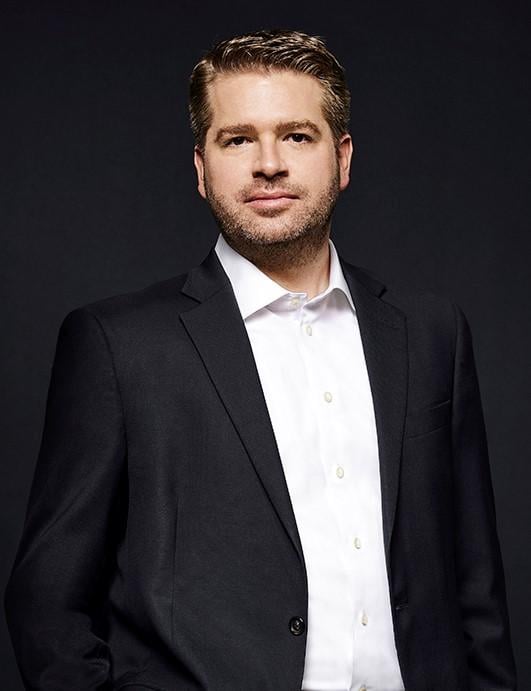
The minimum-salary figure provided by the administration as part of its proposal: $165,000 in the first fiscal year, with multiyear increases to more than $177,000 by the end of the contract.
Another figure is “average annual contractual compensation, inclusive of minimum base salary, contractual overscale, seniority, and other forms of compensation,” here offered at “more than $193,000 in the first fiscal year, with multiyear increases to more than $203,000 by the end of the proposed contract.”
Other components of noncontractual compensation bring the total average Symphony musician salary under the proposal to more than $213,000, with multiyear increases to more than $229,000.
The offer, according to SFS management, “also maintains all current benefit payment levels including 10 weeks annual paid vacation, paid sick leave, a full-coverage health plan with very modest monthly contributions from individual musicians, and a maximum pension of $82,000 annually upon retirement.”
Asked to comment, David Gaudry, head of the musicians’ negotiating committee, told SF Classical Voice:
Management’s assertion that their contract proposal would offer an average annual salary of $213,000 in the first year is not only disingenuous but wholly incorrect.
The parties do not bargain over ‘average’ musician salaries. The contract sets out a weekly minimum salary that each musician receives. Any further payments to musicians in the form of overscale are negotiated on an individual basis and are out of the purview or control of the musicians’ negotiating committee.
It is false and misleading for them to artificially inflate averages using money that is not on the table during this negotiation. Management’s contract offer would set the minimum salary at $170,404 on an annualized basis, over $15,000 per year less than the minimum salary set forth in the contract that expired this past November.”
Of the musicians’ health care, the administration says, “High-quality health care options at a price affordable for musicians is a high priority for the Symphony. In the latest proposal, monthly contributions from individual musicians range from $5 to $36 per week in the first year (depending on the plan and level of coverage selected) and $7 to $38 per week in the final year of the contract. In 2022, the estimated annual cost for health care coverage per musician is $38,800, of which SFS pays $37,712 and the musician contributes $1,088.”
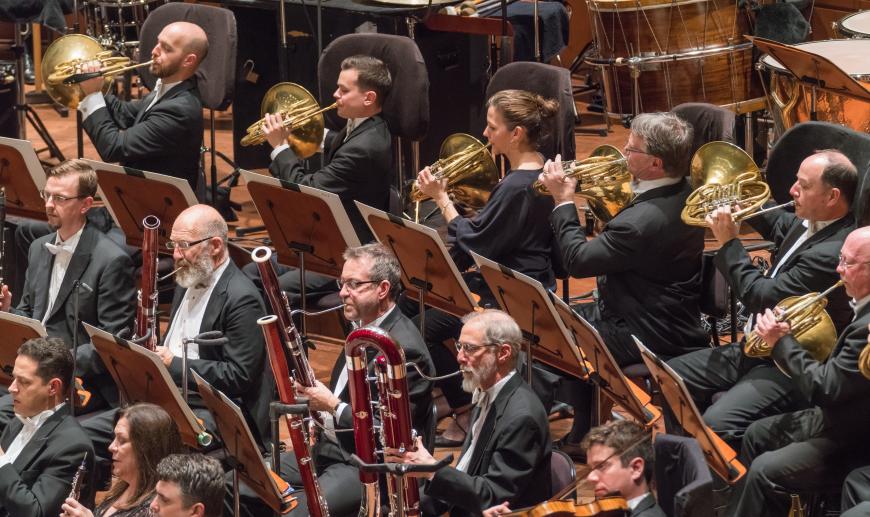
From the musicians’ negotiating committee, the response is: “That is the one area where the parties are in full agreement.”
Gaudry also told SFCV that when the previous contract expired on Nov. 26 of last year, “despite the repeated efforts by the musicians, we could only get management to agree to meet with us two times in those three months, and nothing of substance has been discussed in those meetings.
“Their proposals for us include an 8 percent reduction in salary in the first year, no increase in the retirement benefit, and the only substantive agreement so far has been on changes to the dress code.”
The Symphony statement says that when the contract expired in November, “the administration chose to voluntarily increase musician wages to match the most current offer as a gesture of good faith while both parties continue the bargaining process.
“This immediate $24,000 increase to minimum wages brought the average annual contractual musician compensation up to more than $193,000” immediately, and noncontractual compensation brings the total current average SFS musician salary to more than $213,000.
There is sharp disagreement about the Symphony’s finances and the long-range effects of what happened during the pandemic when Davies Symphony Hall was shut down for months.
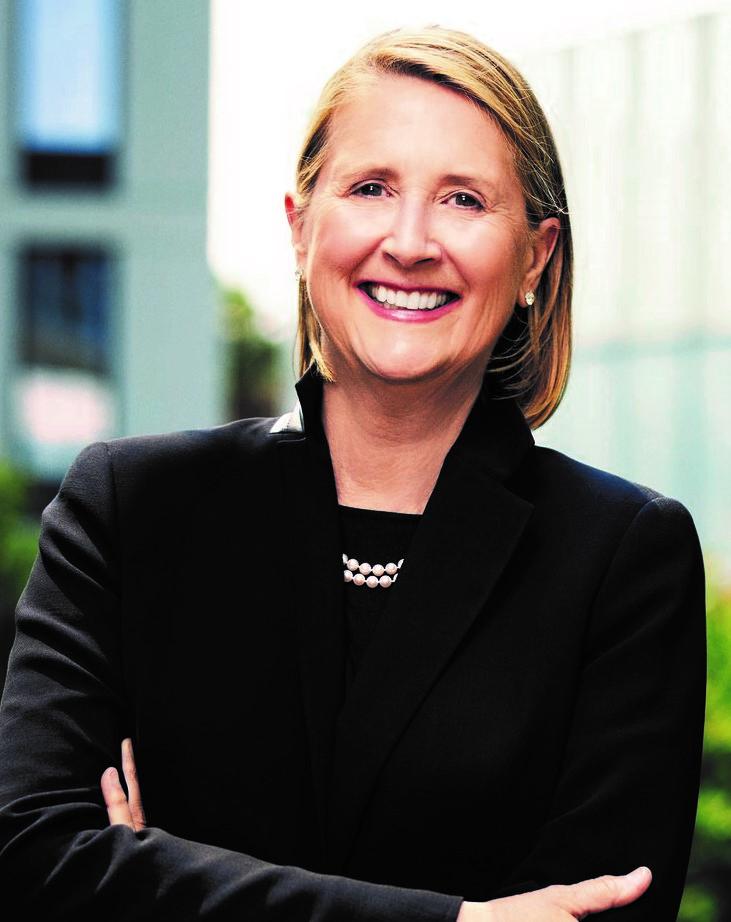
From the management side:
“As the Symphony continues to address the long-term financial impact of the pandemic, the organization has implemented extensive cost-cutting measures, including two rounds of staff layoffs since 2020 (35 people total) and temporary staff furloughs. Of these layoffs, 10 positions have since been restored.
“Total administrative headcount has decreased 23 percent, from 110 in March 2020 to 85 in February 2023, representing a total reduction of administrative staff salary expense of $1.8 million.”
From the musicians’ negotiating committee:
“Another claim by our management, that staff size has been reduced, may be true, but spending for those departments has increased dramatically since pre-pandemic times. General and administrative annual costs have risen by 24 percent since the onset of the pandemic, and the fundraising department has increased its budget by 68 percent over the same period of time.
“Regarding our management’s claim of a $40 million shortfall by November 2020, the actual losses in net concert revenue from the pandemic were $6 million. By that time the orchestra had received nearly $8 million in COVID relief from the federal government via the Paycheck Protection Program. It is not clear where the 40-million-dollar shortfall was supposed to have come from.
“Over the total pandemic period, during the 2019–2020, 2020–2021, and 2021–2022 seasons (the ones affected by COVID), SFS lost a combined $15 million in net concert revenue as compared to 2018–2019 (the last year unaffected by the pandemic).
“During that same time we received $24 million in government assistance through the Paycheck Protection Program, Shuttered Venue Operators Grant, and Employee Retention Tax Credit. In addition, SFS musicians gave back $9 million in reduced salary over the same period.
“[For fiscal year 2021], the last year for which tax records are available, SFS assets grew by $95 million, from $304 million to $399 million. Seemingly the SFS is in strong financial condition despite the claims of its board and management.”
The administration asserts that under the modified collective bargaining agreement during COVID, “the average annual contractual musician compensation in the 2021–2022 season was more than $164,000 per musician and noncontractual compensation brought the total average compensation to more than $176,000 per musician.
“In addition, all benefits were maintained during this period. ... The February 2022 amendments also included an additional one-time bonus payment of $1 million distributed to the orchestra.”
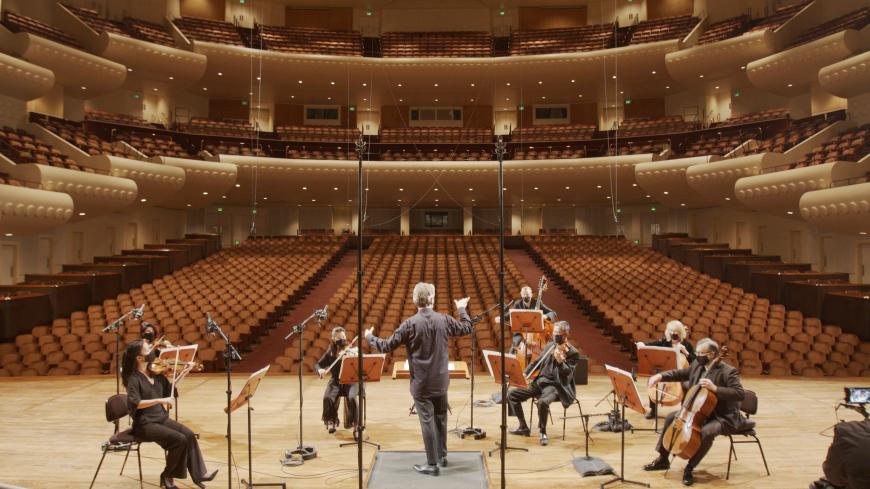
Cost-cutting measures, says the administration, included “all of the Symphony’s education programs, including those that serve San Francisco’s public schools, [which] have been trimmed back and [which have] limited student resources. In addition, Concerts for Kids, which provides concerts for school classes throughout the Bay Area, has been put on extended hold.
“The Symphony has limited capital expenditures in 2022–2023 to $0.5 million a year (typically at $1.5 to $2.5 million), and concert overhead costs are being held to a limit below what the organization spent in the 2017–2018 season. Other overhead areas have been trimmed and are held to 1 percent growth year over year, which means that any vendor increases or inflation costs will be absorbed through further cuts.”
The musicians are planning a “soft labor action demonstration” in the intermissions of the Symphony concerts this weekend — Friday and Saturday at 7:30 p.m., Sunday at 2 p.m.
“The musicians wanted to alert the press as the collective bargaining agreement negotiations with the musicians and the administration are escalating as we approach our European tour at the beginning of March,” writes piccolo player Catherine Payne on behalf of the orchestra.
Besides the collective bargaining agreement for the orchestra with Local 6, there are other labor issues facing SFS, including the contract with the American Guild of Musical Artists, covering SF Symphony Chorus members, which expires Aug. 31, 2023.
The agreement with the Theatrical Employees Union, Local B18, of the International Alliance of Theatrical Stage Employees and Moving Picture Machine Operators of the United States and Canada, covering ticket service employees and ushers, expires on May 31, 2023.



